Best Lightweight Wheelchairs
| 1 |
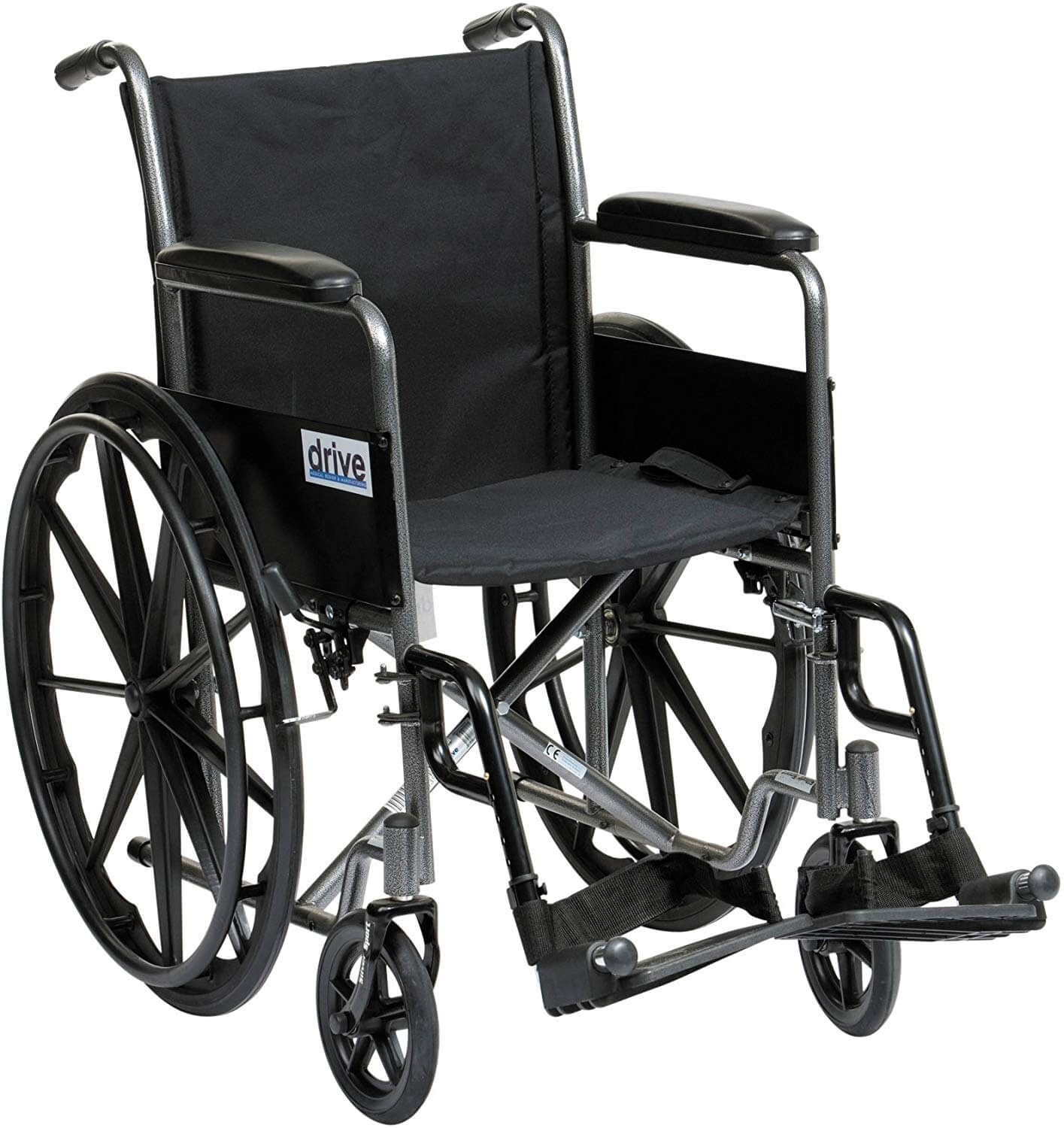
|
Drive Medical Silver Sport Wheelchair | Check it out | ||
| 2 |
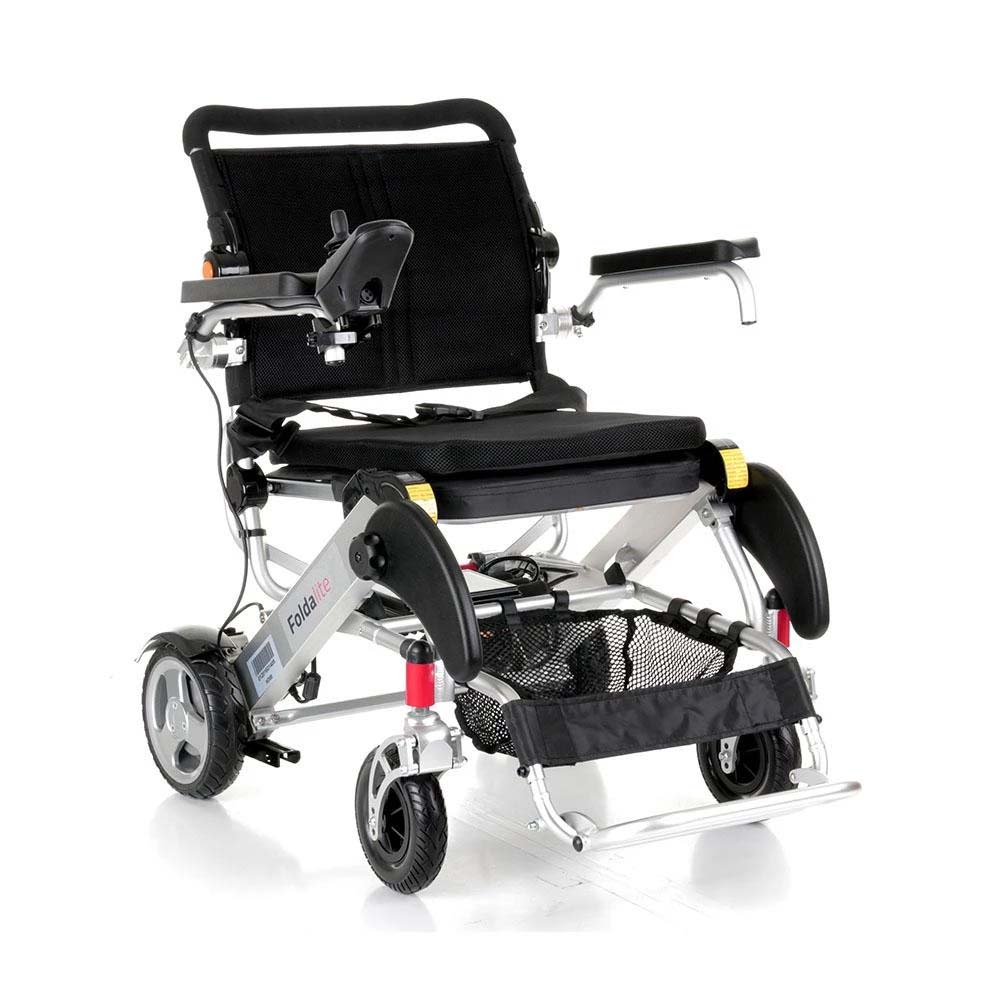
|
Foldalite Power Chair | Check it out | ||
| 3 |
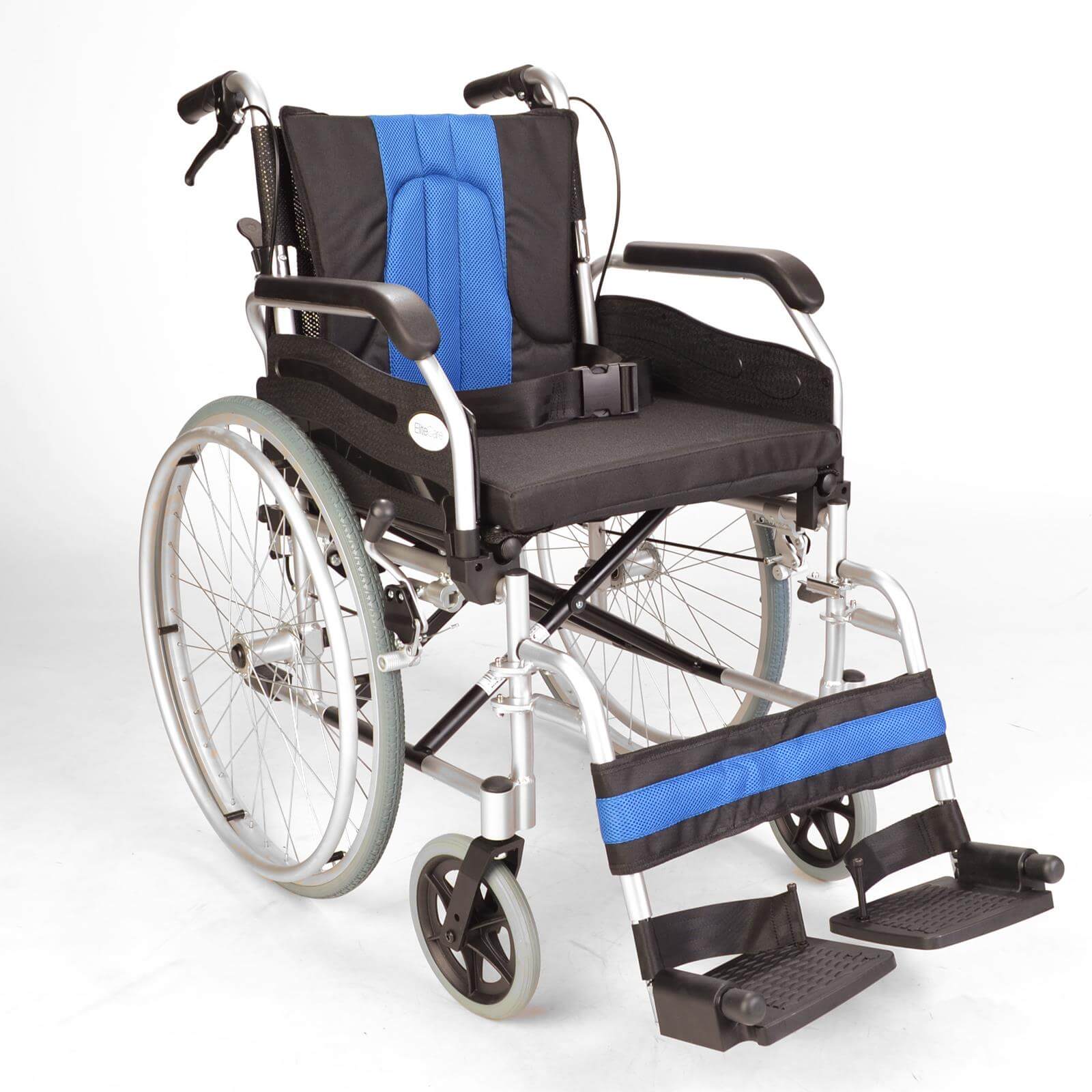
|
Elite Care ECSP01 | Check it out | ||
| 4 |

|
Fully Reclining Wheelchair | Check it out |
Wheelchairs are an absolute necessity for many as they offer freedom and independence.
There are many types, styles and designs of wheelchair and ultimately the choice must be based on the needs of each individual. A chair which gives a comfortable, smooth ride to one person might be a source of pain and frustration to another.
Lightweight wheelchairs are now the preferred option for many people with mobility issues. Daily activities are so much easier with a chair whose weight does not impede the user.
Our top picks
Drive Medical Silver Sport Wheelchair – a lightweight wheelchair with lots of adjustability.
Pros
- Comfortable to sit-in
- Robust nylon upholstery that is easily extendable
- The seat height is adjustable
- Backrest height and angle adjustment
- Compatible with most positioning and seating accessories
- Large wheels and castors that give a smooth, anti-shock ride on lots of terrains
- Anti-tipping
- Push to lock brake
- Adjustable footrest.
Cons
- Heavier than other models
- This is not a folding wheelchair
- Transportation is limited.
Foldalite Power Chair – an electric, lightweight, foldable wheelchair
Pros
- Great for travel
- Quick and easy folding mechanism
- Fairly light (25kg) for an electric wheelchair so can be lifted into the boot of a car
- An easy to use, intuitive joystick that can also be placed on either armrest
- Adjustable backrest and leg rest
- Anti-tip features
- Long-life battery (9 miles) that is quick to charge
- Swing away armrest and flip footrest so you can get close to desks and tables
- Under-seat storage.
Cons
- Heavier and bigger than a manual lightweight wheelchair
- Expensive.
Elite Care ECSP01 – a self-propelling, lightweight, foldable wheelchair that is very easy to drive for user and attendant.
Pros
- Large wheels that make it very easy to steer and control
- Lightweight
- Quick release back wheels for lighter, easier transportability
- Height adjustable, removable, swing-away leg rests
- Flip, removable armrests
- Padded backrest and seat cushion
- Attendant slowing handbrakes and a parking brake
- Lap, heel and calf straps
- Choices of seat width
- Great value for money.
Cons
- Rigid wheels rather than tyres can make it a bumpy ride on rough surfaces
- The manual isn’t very clear or helpful.
Fully Reclining Wheelchair – A super supportive foldable wheelchair that can be pushed by both user and attendant.
Pros
- The backrest has a range of motion from vertical to horizontal
- Detachable head support, leg rests and armrests for portability and ease of fold
- Durable steel frame
- Easy to push for either the user or attendant
- Elevated leg rest option
- Easy to clean, robust seat fabric
- Moulded armrests for extra comfort
- Puncture-proof tyres
- Push-lock brakes.
Cons
- It’s quite long when folded
- There are lighter wheelchairs on the market
- It’s not a very stylish set of wheels.
Why buy a lightweight wheelchair?
- A heavy, old fashioned wheelchair can be cumbersome, hard to get up and down kerbs, difficult to steer round small spaces and hard to store and transport
- Increased mobility around the home and outside world
- Owning a portable lightweight wheelchair will give you the confidence to attempt long days out
- A travel wheelchair that is easy to lift, fold and steer will mean a carer may not be needed for every outing
- Folding wheelchairs that are compact and light will take up less storage room in the house and car
- An ultra-lightweight wheelchair will make travelling much easier as they can be taken on trains, planes, buses and in caravans
- If you need more evidence of why a lightweight wheelchair would be a great idea for you then have a read of this comprehensive study from Resna (Rehabilitation Engineering and Assistive Technology Society of North America): here
The clinical needs to consider
- Seating position – suitable, comfortable and adjustable
- Support – available to wherever the chair user needs be it core, calves, thighs or back
- Back rest – adjustable and/or moulded to the body for extra core support
- A frame inset for people who are paralysed to keep their knees close together
- The user’s ability to drive the chair by themselves
- The user’s ability to get in and out of the chair by themselves.
What features to look for in lightweight wheelchairs
Weight
A portable wheelchair should be lightweight so that it is easy to propel, steer, slow and stop. It also needs to be light enough to lift into a car boot, onto a bus or train, up a kerb or into a storage area.
Seat
The size, height and angle of the seat should be suitable and comfortable for the user. This is very specific to their height, weight and clinical needs. An occupational therapist is the best person to advise on this.
Ease of folding-up
A fold-up wheelchair should not need a university degree to operate it. Simplicity and only one or two steps are the keys to an easy fold.
Padding
Sitting on a hard, uncomfortable chair all day would be just miserable. If you are choosing between chairs and one is slightly heavier but has a cushioned seat, then go for that one! Your bottom and thighs will thank you.
Memory foam is more expensive than traditional foam which will flatten over time. Memory foam offers durability and an individualised seating experience.
Armrests
The length of the armrest can be either full, for maximum support and comfort, or desk length to aid those who want to work or eat at a table.
The ultimate option would be for the arm rests to be adjustable with a simple ‘flipping’ action either up or down.
Leg rests
The length of the leg rests is important and obviously depends on the length of your legs. The opportunity to have your legs elevated is also a huge help for people who have blood flow issues.
Swing away leg rests are a fantastic idea for people who have some use of their legs as they may be able to get up and out of the wheelchair themselves.
Calf rests and heel straps may also be useful to some.
Wheel size
The size of the wheel will have an impact on how much control of the chair a user has. If you are going to drive the chair yourself, then a large rear wheel is important.
Will a friend or relative be pushing your chair? If they are then four small wheels are a much more practical option.
Tyres
A wheel with a pneumatic tyre will offer a much smoother ride. The negative side to them is that they can be prone to punctures. If inflatable tyres are your preferred choice then ‘run flat’ tyres would prevent an unexpected sharp object ruining your day out.
Safety features
All lightweight folding wheelchairs should have safety features which are relevant to the anticipated needs of the person using it:
- A robust, secure, comfortable and easy to operate seat belt
- Anti-tipping devices that are attached to the rear wheels. They ensure that if you push backwards, trying to get your chair over an obstacle, you won’t tip over
- Excellent quality brakes.
Brakes
There are several different types of brakes to consider:
- A slowing/stopping braking system for use by the person in the chair
- A slowing/stopping braking system for use by the person pushing the chair
- A hand brake
- A parking brake.
The choice depends on who will be the primary controller of the chair, how much manual dexterity they have, how heavy the chair is and the type of wheels.
Durability
A lightweight wheelchair should not compromise the quality and durability of the components and materials used for the sake of a few extra £’s.
An ultra-lightweight wheelchair needs to safely take over and above the weight of the user, stand up to general wear and tear, be resilient to being continually folded and adjusted and last a reasonable length of time.
The frame
A wheelchair with a titanium or carbon fibre frame will be lighter but more expensive than one made from traditional aluminium.
The NHS Wheelchair Service and VAT Exemption
How to get a wheelchair for free (or at least partially funded)! The NHS Wheelchair Service is something that anyone struggling with mobility issues should investigate. Your consultant, GP or occupational therapist may already have mentioned it.
How it works:
- A referral to the NHS Wheelchair Service nearest to you
- An assessment of your needs
- A discussion of financing options and the terms and conditions involved
- Suggestions as to what type of chair is suitable for you and the models that are available
- Mobility support and training are discussed.
People who have been diagnosed with mobility issues and/or long-term illness are eligible for an exemption from VAT on items such as wheelchairs and bath lifts. That’s a saving of 20%!
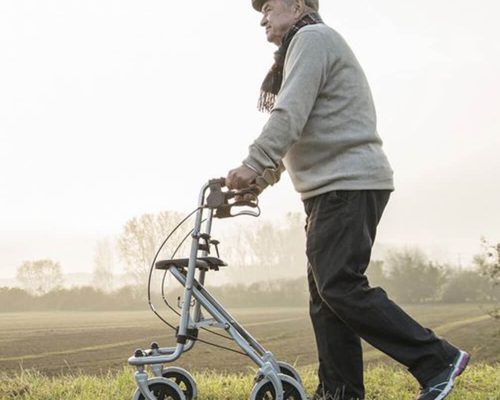
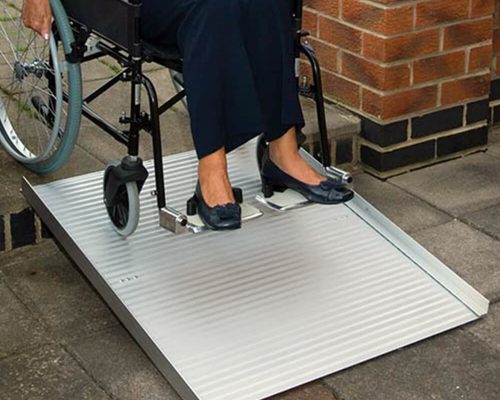

Add A Comment